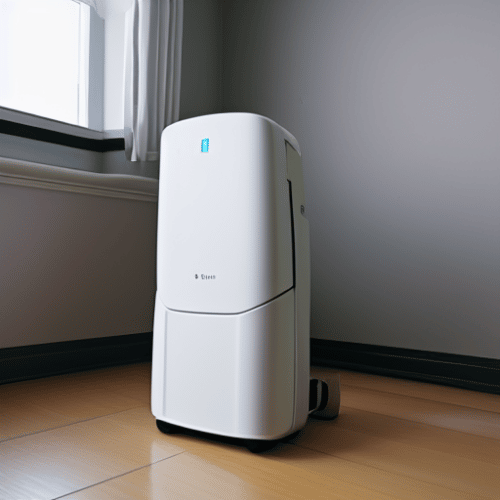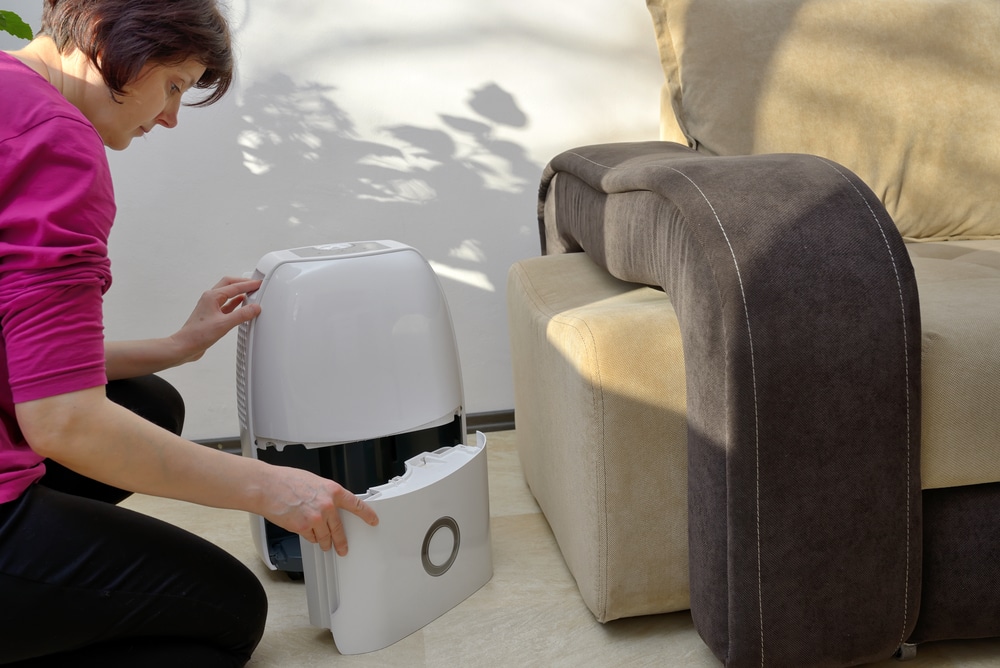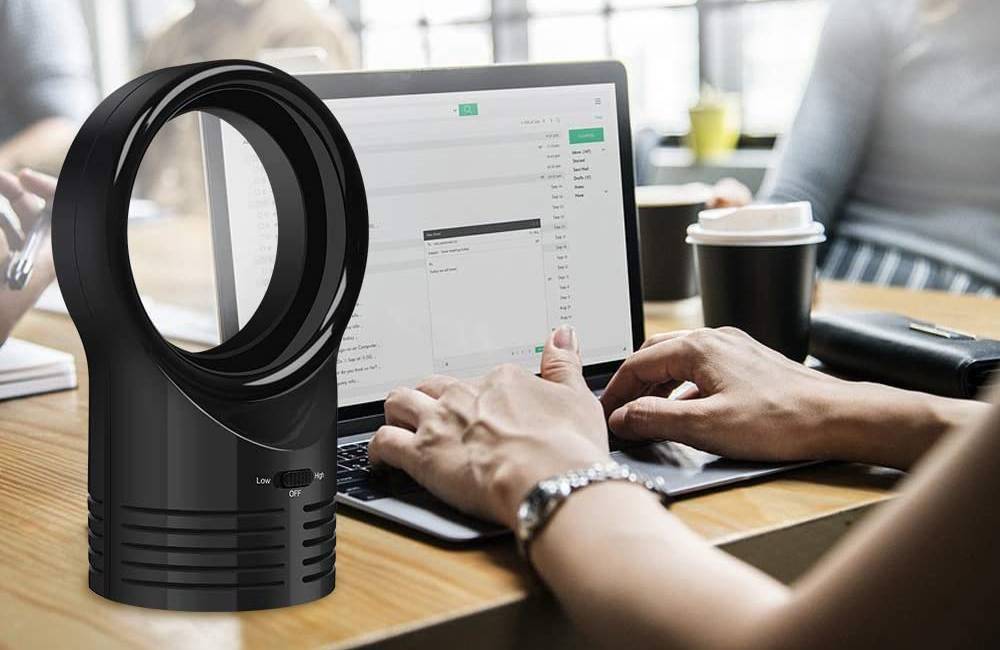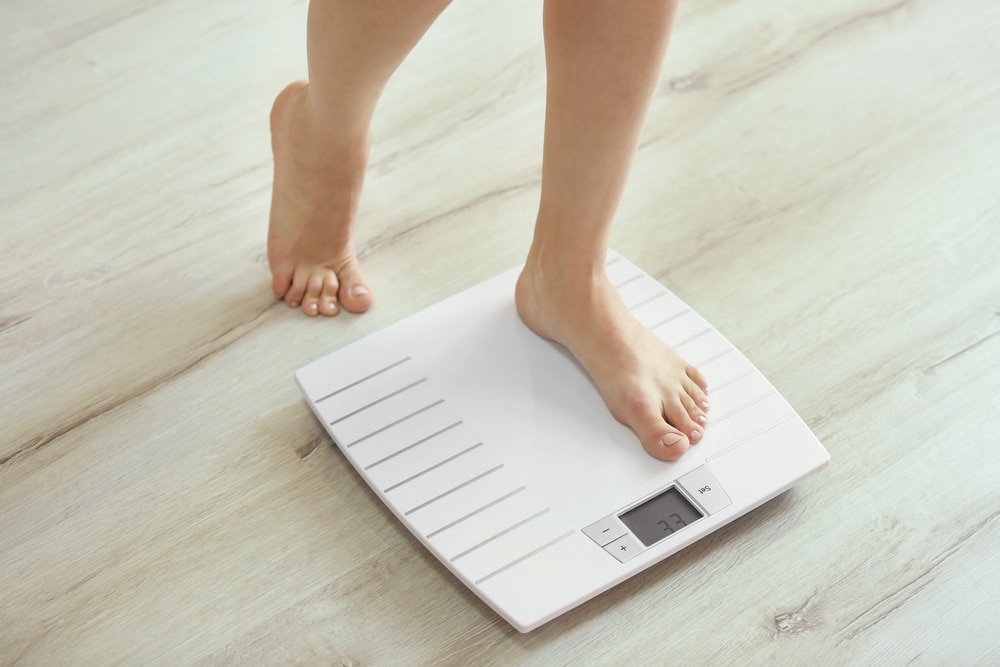Last Updated on
A dehumidifier is one of the best types of devices to own and use if your home is very humid. You will also find that it even has certain health benefits.
Although owning and using dehumidifiers isn’t rocket science, it can be complicated and frustrating when first learning how to use your model. If you’ve read your dehumidifier’s manual and are still slightly confused about how it works and what to do, you’ve come to the right place.
This article will guide you through the various aspects of using a dehumidifier, from knowing how its basic functions work to choosing the right one. By the end, we hope that you will have a clearer idea of where and how to use a dehumidifier, including all the benefits that this device has to offer.
Picking the Right Dehumidifier
Before you purchase a dehumidifier, you need to know that there are different dehumidifiers you can choose from. How a dehumidifier works will depend on its type. The two main types of dehumidifiers you can choose to buy, own and operate in your house are the compressor dehumidifier and the desiccant dehumidifier.
Below is a brief explanation of how each of these works so that if you haven’t already bought your own, you can make an informed choice and select the most suitable of the two.
How Does a Compressor Dehumidifier Work?
Inside a compressor dehumidifier unit, a fan circulates the humid air out of the room and into the dehumidifier. Once in the unit, this air then passes over a series of coils. These coils are placed inside the compressor dehumidifier unit and are cold.
As the air moves inside the compressor dehumidifier unit and rolls over these cold coils, condensation occurs – thanks to the difference in temperature. The moisture in the air condenses and turns into water, effectively dehumidifying the room.
The condensation is then collected in the collection tank of the compressor dehumidifier unit. Keep in mind that if the room is very humid and you keep the unit running for the whole day, you may need to empty this tank every couple of hours.
How Does a Desiccant Dehumidifier Work?
Another popular type of dehumidifier that you can buy, own and use in your house is a desiccant dehumidifier. It works in the following way:
If you haven’t noticed yet, there is no fan inside a desiccant dehumidifier. Instead, it has a wheel inside that gives this model its name simply because it is called a desiccant wheel.
This desiccant wheel includes a chemical that draws in the humid air from the room. A simple way of understanding how it works is to imagine the wheel as a sponge, soaking up the humidity.
Once the humid air in a room has been brought in with this desiccant wheel, the air will move inside the unit, condensing and turning into liquid. Like compressor dehumidifiers, this newly formed water is collected in the unit’s water tank, which must be emptied once in a while. If you don’t empty the tank in time, you don’t need to worry about the tank overflowing. This is because most dehumidifiers stop automatically once the tank is full.
Relative Humidity Level Regulation
Now that you have successfully bought and brought home your dehumidifier, you need to know how to operate your dehumidifier settings correctly to get the right relative humidity level in the rooms in your home.
There is no one specific number that the relative humidity level in any room should be. Instead, there is a range of possible levels of humidity that have been determined to be comfortable levels of humidity within a room. Usually, this level of humidity is between 30% and 55%. An important factor to note is that the moisture level in the air will vary from season to season, meaning that the comfortable levels vary.
If you’re interested in measuring the humidity in the air of your home, you can use a hygrometer. This handy little machine measures the relative humidity, as well as the temperature of your chosen room.
What Happens When the Humidity Levels Are Too High?
If you have a room where the humidity level is too high, this can be a problem. For example, let’s say that the humidity level in your house is over 65%, then it may feel stuffy, muggy and damp.
Furthermore, this creates the perfect breeding environment for mould, mildew and other bacterial or viral growth that can negatively impact your health. High levels have an especially negative impact on people with asthma or allergy sufferers.
If the level of humidity is too high, it is possible that a lot of moulds will grow in your home, which is often accompanied by condensation on your windows. If this is the case, we recommend that you invest in a dehumidifier. If you already use a dehumidifier, then another solution may be to clean or change the filter.
What Happens When the Humidity Levels Are Too Low?
If you have a room where the humidity level is too low, this can also be a problem. For example, let’s say that the level of humidity in your house is under 35%. The air will feel very dry, which can also have an adverse effect on your health, especially if you have asthma or are prone to developing a cough. Many people also suffer from dry skin and have a greater chance of developing a sinus infection.
The telltale signs of a low humidity level in a room are cracks in paint or on door and window frames. If you find such signs on your furniture, the best idea is to buy the opposite of dehumidifier units, namely a humidifier.
As you can see, both too high and too low levels of moisture can negatively affect you and your family, which is why it is important to regulate it.
Running a Dehumidifier: What You Need to Know

Although many different machines exist today, all dehumidifiers need to be properly cared for, and most have very similar functionalities. If you properly care for your dehumidifier, it will work effectively and reap the health benefits.
Here are a few tips on how to use a dehumidifier.
Read the Owner’s Manual
If you want to know exactly how to use your dehumidifier in the best way possible, you need to know more specifics about the machine you are working with. The best way to do this is to read your dehumidifier’s manual.
This manual should tell you everything that you need to know about your dehumidifier so that you can use it effectively while also receiving all of its benefits.
Remember, even if you are already familiar with how to use a dehumidifier, it’s still recommended that you keep your user’s manual. This will come in handy if you need to troubleshoot your dehumidifier. The manual will also serve as a refresher in case you forget how to use it properly.
Empty the Water Tank of Your Dehumidifier
The liquid container of your dehumidifier is one of the most important parts of a dehumidifier. No matter what type of dehumidifier you have, all models have a water container that you need to drain and empty regularly.
Here is how you can practice proper drainage to further your understanding of how to use a dehumidifier.
1. Find and Remove the Water Container
Usually, the water tank is found on the lower front part of a dehumidifier. Before you work on removing it, ensure that the dehumidifier is switched off and that you have unplugged it from the mains.
After you have done this and located the liquid collecting bucket on your dehumidifier, you can remove it by easing it out of the main device with a strong but mindful pulling motion.
2. Drain the Liquid and Replace the Water Container
Once the liquid collecting bucket of your dehumidifier has been fully removed from the main device, you can now empty the water.
We also recommend that you give the container a quick rinse, now and then, before returning it to its resting place in the dehumidifier unit. This will ensure that any residue from the potentially stagnant water won’t create a bacterial breeding ground.
With a firm sense of control, gently insert the tank back in its place, plug the unit back in at the mains and turn it on to make sure it’s working correctly.
Clean the Filter of Your Dehumidifier
This component is one of the most important parts of a dehumidifier. No matter what type of dehumidifier you have, all dehumidifiers filters need to be cleaned on a regular basis.
The filter on your dehumidifier is extremely important, as it catches any fine particles and filters your air simultaneously and removing a lot of the humidity. If you start to realise the growth of mould or simply that the air in your home is damper again, it’s time to clean or even replace the filter of your dehumidifier.
Filters on dehumidifiers also are great at filtering out any possible allergens that you may otherwise be breathing in. Therefore, a dehumidifier is a machine that can help you control allergies to live a comfortable life.
So, to effectively clean the filter, turn off and unplug your unit and then complete the following these steps:
1. Find and Remove the Filter
The filter is one of the many features of these electrical units that are either found behind the lower front grill or at the back of the unit. After you have located your dehumidifier’s filter, you must then gently remove it. And, like with the water tank, ease it out of the main device with a strong but mindful, pulling motion.
2. Clean the Filter
Grossout warning: I moved a couple of weeks ago & am renting a condo (permanent WFH). At the walkthru the landlord produced a little portable dehumidifier. Today I googled the manual; the filter is supposed to be cleaned every 2 weeks.
— Opponent of American Christofascism (@UnabashedMisfit) July 24, 2020
Clean your filters folks. Before & after: pic.twitter.com/kBNNuwgwnH
Once fully removed from the main device, you can now clean it. The best way to clean this part of the dehumidifier is to take a clean damp cloth and wipe away most of the collected dust and other particles. The dampness will help contain the dust and not let it spread around the room.
Repeat this action until you see that all the mould or dust on this tool has been wiped off.
3. Return This Tool to Its Original Space
With the dehumidifier’s filter now clean, you can return to its original space. When positioning your dehumidifier, you should put it in a place where there is a lot of moisture. These include the bathroom, basement, and other rooms. If the room is too big, make sure to place it where there is a lot of moisture and near an electrical circuit.
Should I Be Using a Dehumidifier in the First Place?
If you doubt whether this device is worth all of this work, consider the following facts.
As previously mentioned in this article, having high levels of humidity in the air in any room in your home can make you feel uncomfortable. It can also have adverse effects on your health by creating a great breeding ground for mould.
A dehumidifier can help control these levels and decrease them so that it creates a comfortable and more healthy environment to live in.
Sure, you can always lower the humidity of a room by opening windows and doors. However, sometimes you want to keep doors and windows closed, such as on rainy or snowy days. Opening the windows may also not guarantee a decreased level of humidity in your home.
Excess humidity can lead to the growth of mould. This mould can affect furniture, clothes and your wellbeing. Using a dehumidifier can successfully control humidity in your home so that you can live a healthy and comfortable life.
A Cleaner Home With a Dehumidifier
Using a dehumidifier in your home is one of the best options that you can make, especially if you live in a humid air environment.
Nobody wants to breathe in possible allergens or live in a home where improper levels of humidity negatively impact the room temperature. This is where a dehumidifier of any kind can effectively improve your living situation. Furthermore, dehumidifiers can help combat dampness and, therefore, mould and mildew growth. If you are experiencing dampness, you must regularly drain the water tank and clean out the filters of your dehumidifier machine to ensure it will always be working the best that it can.
What’s more, if you have a laundry drying room, dehumidifiers are an excellent choice of machine, as they are more energy-efficient than dryers and faster than hanging your clothes on a clothes rack.
Though a dehumidifier can seem like a difficult home appliance at first – with all its technical information about its fans, coils and the process of inner condensation – it is a simple appliance to use. Once you’ve evaluated what type of dehumidifier will be best for your home and your health, you only need to plug your device in and turn it on.



